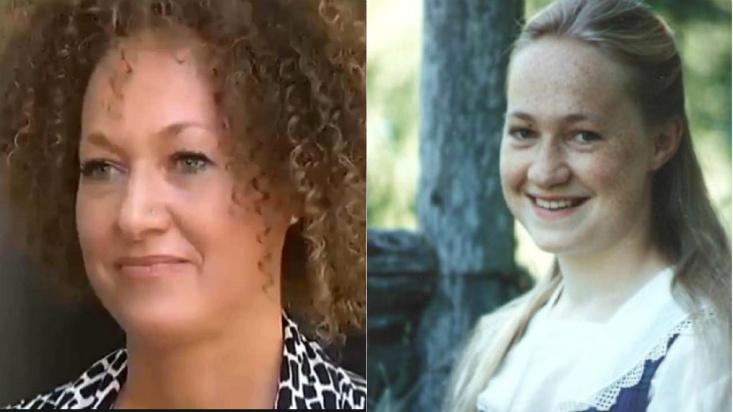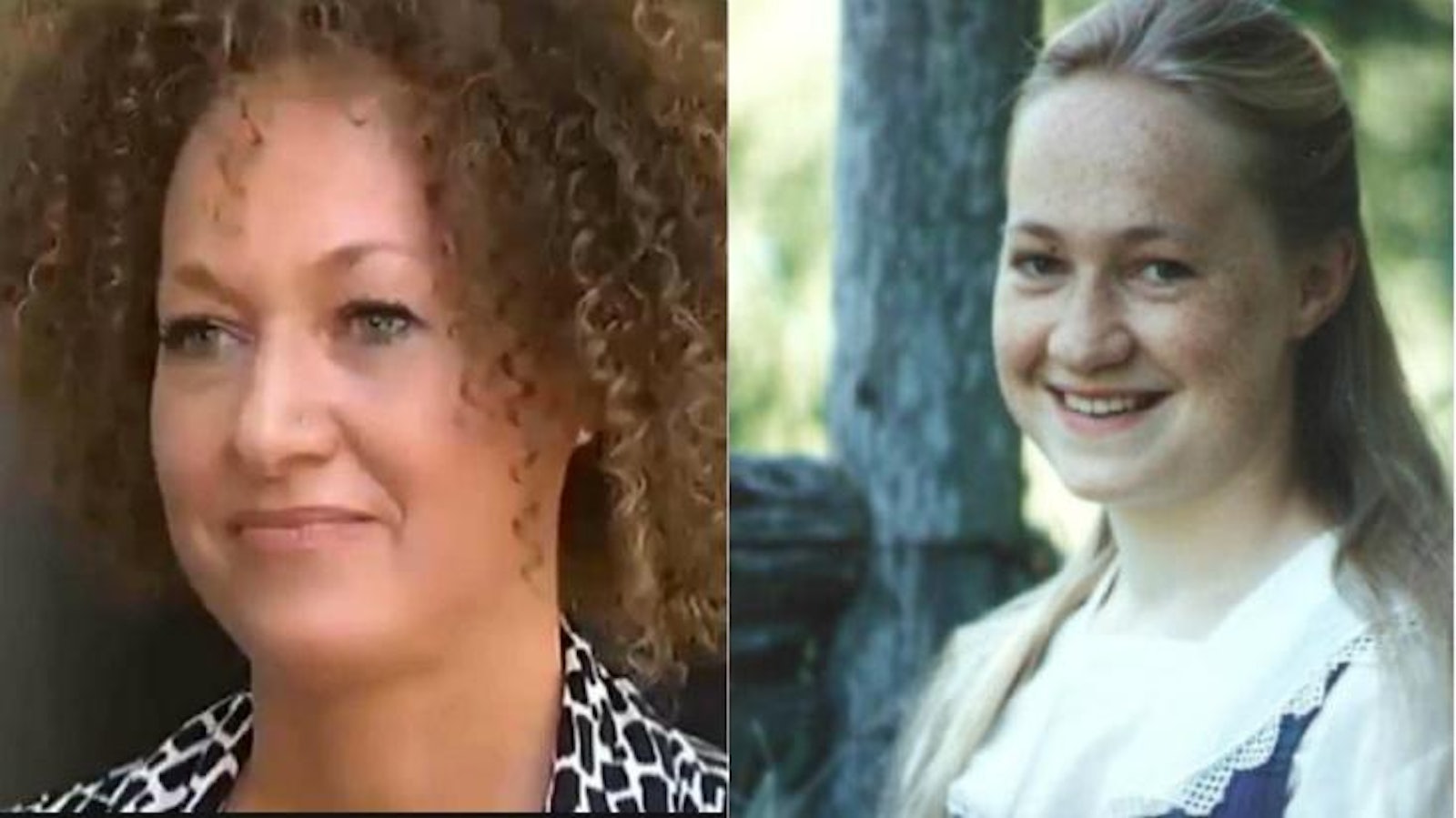Can a person who is biologically male really be female? What about someone who is born white but doesn’t feel that way—can she become black? Intelligent adults can disagree passionately on these questions of identity, as evident in the back-and-forth discussion over the recent cases of Caitlyn Jenner, a transgender woman, and Rachel Dolezal, a white woman who identified as African American.

If social categories like gender and race stir up so much controversy among adults, think how confusing they must be for children to sort out. As it turns out, how children form social categories can teach us something about the malleability of these categories and what children learn from the way we talk about them.
Categories allow us to group together stable properties and make useful predictions—we distinguish apples from oranges because once we identify something as an apple, we can expect that it will taste good in a pie, that its peel can be eaten, and that it will grow under certain conditions. The same is true of social categories. But a small child is faced with a daunting task: Which of the many differences that that arise among humans—skin color, hair color, hair length, clothing, accent, height, etc.—are useful cues for grouping people together in ways that predict their behavior or social status?
The distinctions that seem most essential to adults are not so obvious to a child. For example, a study led by psychologist Katherine Kinzler found that at the age of 5 or 6, white American kids thought it more likely that a white child could grow up to be a black adult (and vice versa) than that an English-speaking child could grow up to speak French. (By age 9 or 10, this relationship had flipped, and they viewed race as a more stable property than language.) Far from being innate, social categories are learned in ways that reflect a child’s context: For black children, race was more connected with identity than language was, even at age 5–6. A similar study of Israeli children found that at this age, children saw ethnicity—that is, the distinction between Jewish and Arabic people, as signaled by clothing—as a stable and objective category, more so than race.
How do kids learn to form these categories? One of the important factors is the nouns used in their languages. Notice that we have nouns like Jews, blacks, or gays, but none to express categories such as people who rarely wear socks or those who have pendulous earlobes. Nouns serve as powerful invitations to create categories—they signal that things that are labeled with the same noun (e.g., cats) are similar to each other along many dimensions and different from things that have a different name (e.g., dogs).
There’s strong evidence that noun labels encourage children to form categories, including (and perhaps especially) ones that apply to people, leading them to treat members of a category as similar to each other. For example, psychologist Sandra Waxman found that category names prompted children to make up generalizations about people within a racial or gender category. She showed 4-year-old children a photo of a person, informing them that this person was good at a new game called zaggit. She then showed them photos of men and women of different races and asked who among them was also good at playing zaggit. In the absence of a label, children showed no inclination to believe that excellence at the game was limited to people of the same race or gender. But when the zaggit player was given a label (“This one is a Wayshian”), children said that people of the same race or gender were more likely to be good at the game than those of a different race or gender.
A follow-up study used cartoon characters to see how children might form completely new social categories and found that noun labels, even in the absence of any visible physical features, were enough to encourage children to generalize traits based on group membership; on the other hand, without labels attached, physical features such as skin color or hat color were not. Another study underscored the importance of language by showing that children generalized traits especially eagerly when category names appeared in what linguists call “generic statements”—for example, “boys are good at math” rather than “these boys are good at math.”
Beliefs about differences between genders, ethnicities, or races often stretch far beyond any credible evidence, fueling stereotypes and discrimination. Some scientists believe that language plays a key role in imprinting us with such beliefs. In a recent Israeli study, researchers recorded parents’ conversations with their 5-year-old children as they looked at a picture book with Arabic and Jewish characters, and noted how often parents used ethnic labels (“an Arab” or “Jews”) or generic statements (“Arabs have big families”). They also tested the extent to which the children and adults believed that Jewish and Arabic people were different from each other in essential ways that persisted over time, with traits that were inherited from one generation to the next. Parents who believed in fundamental differences between the groups used more labels and generic statements, and their children in turn were more likely to believe in deep, immutable distinctions. A statistical analysis showed that parents’ language patterns affected the children’s beliefs even more than the parents’ actual attitudes.
Perhaps it should come as no surprise, then, that we adults have such a hard time agreeing on what it means to be black, or female, or Muslim. After all, each of us has bathed in different linguistic waters and experienced the meanings of these categories in different ways.
Julie Sedivy has taught linguistics and psychology at Brown University and the University of Calgary. She is the co-author of Sold on Language: How Advertisers Talk to You and What This Says About You and the author of Language in Mind: An Introduction to Psycholinguistics.






























